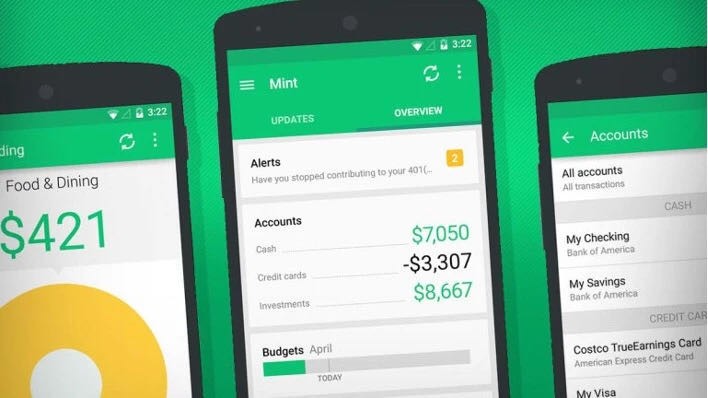
Times aren’t changing—they already have. Life now is as similar to the one twenty years ago as a rabbit is to a goldfish. Among the many things that have changed in all these years, money handling is one of them. Nowadays, money availability is just a click away from anyone, children included. But don’t worry, we’ve got your back: to make sure your children don’t misuse their easy access to money, we have gathered a few tips to guide you on how to make sure your children learn the value of money.

There comes a time in every child’s life (usually around the teens) when asking mum and dad for money to go hang out with friends at the mall is just not good enough. Encourage them to get a job that is suitable for their age, and to start making their own money. It will not only teach them discipline and constancy, but they will also learn that to get money (whichever quantity it is) a whole lot of effort needs to be put into it.

If your child is not yet at an age when they can work, there are other ways ofteaching them the value of money. For example, educate them on the importance of saving money. The sooner they acquire the habit, the more beneficial it will be to them in the future. It will most likely start off by saving some left pocket money, but it can eventually evolve into them saving for an item they really want and would not have received otherwise.

Technology can also be an ally in this situation, there are multiple existing APPs that can help teach your children the value of money. These can help them understand money management or how to save as you spend. Examples of this are—
Mint: This free app enables both you and your kids to track all of their monthly expenses as well as recording all of their income. This is a great way to show your children how to be organised with their money.

Monefy: This is an easy-to-use app for everyone in the family can get around it. It consists of many features so the children and you can be more up to date with your finances and learn ways to save money.

AndroMoney: This is one of the most popular apps used in the finance sector, as it offers countless features. The most useful one in the context of this article is probably the budgeting function, which will allow your children to plan their spending ahead.

Another great and practical way of introducing simple finance into the family is by getting your children involved in household budgeting. They don’t have to be long-term plans, but rather small activities such as budgeting for a week’s worth of meals. This is a practical way of teaching them the worth of money since it is a visual representation of what a certain amount of money equals in real life.

Last but not least, a rather simple but effective method. Every time your child desperately wants a new toy, videogame, or gadget, ask them: “Do you need it?”It’ll surprise you what a quick reflection before an impulsive buy can do. You will find that more often than not, your child will reconsider how much they truly want the item in question. It might also help them see that by abstaining from constantly buying small things, they can save up for a bigger and greater buy that will truly make them happy.

Raising children to understand the value of money isn’t precisely the easiest job. But, isn’t parenting all about constantly trying? Try to include some of these tips in your daily life and you will see your children grow into responsible consumers in the future.